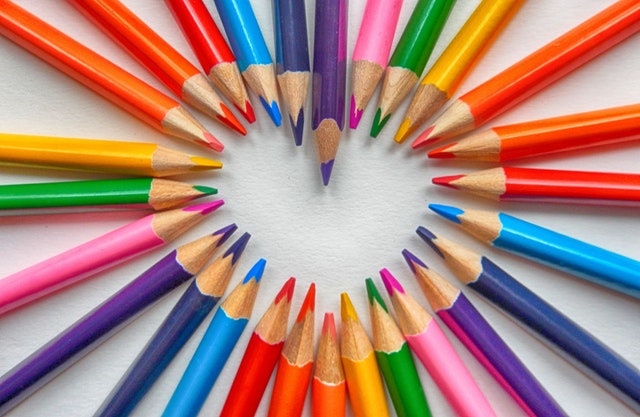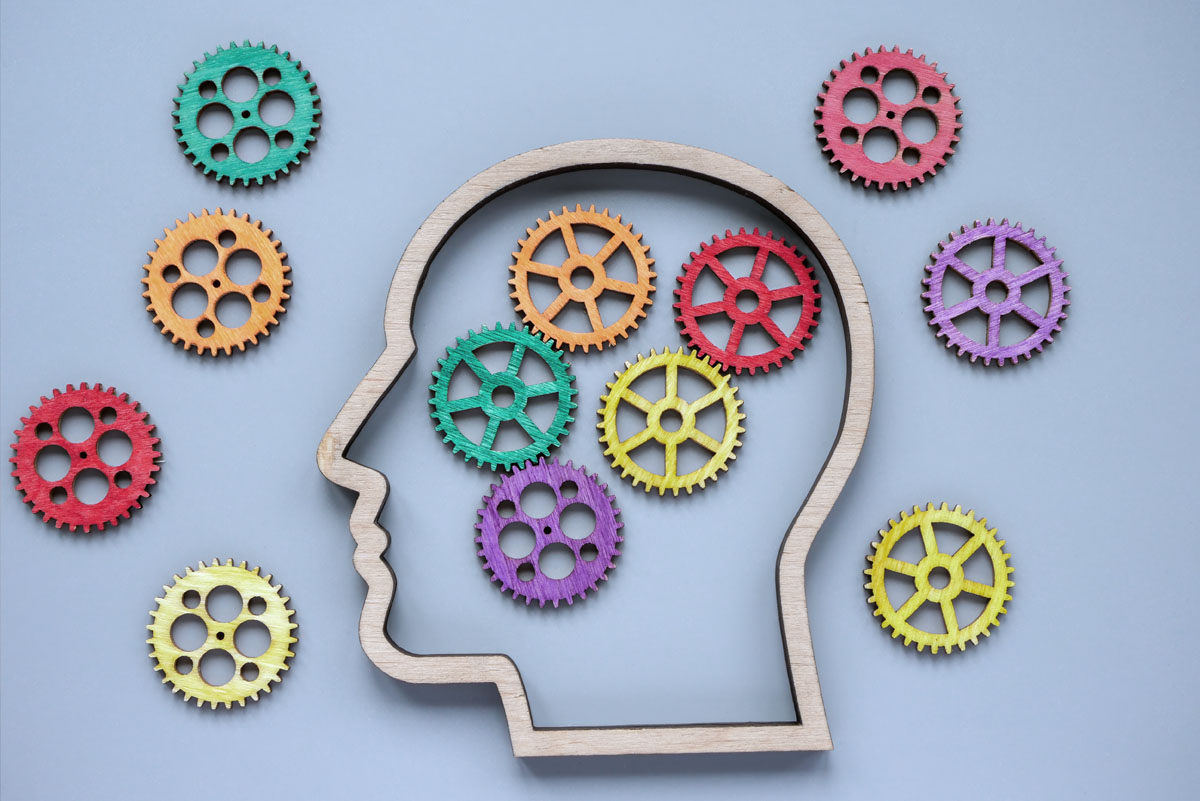To love and to be loved is more than a nice idea that keeps greeting card companies and jewelry stores in business. It is a biological need wired into our DNA as part of our emotional and physical survival. The survival function of love goes far beyond reproduction of the species. This is evident from research on orphans in post-WWII Romania and in more recent studies on the physical health of adults. In the study on the orphans, one group of infants was bottle fed but was deprived of human touch and attention. The other group of infants were held and cuddled while they were fed. Those infants deprived of touch and human interaction actually ended up becoming sick and a significant number of them died. And more recent studies on adults have found that people who are happily married experience less incidence of depression, anxiety, hypertension and cardiovascular disease than their counterparts who are either single or unhappily married.
Consider that there are people who have been so emotionally hurt that they have cut themselves off from their need to love and be loved. There is a wide range of degrees to which people are closed off or open to the possibility of loving others and allowing others to love them. To truly be open to the possibility of loving and being loved requires courage. The extent of courage required is equal to the degree to which our attempts to love and be loved have been met with disappointment and pain in the past. For many people, the risk of opening themselves to the possibility of loving and being loved requires tremendous courage.
There are also those who have given up on love. They have come to believe that the only safe way of surviving this life is to tightly lock up and wall of their heart: to neither extend themselves to others nor to allow anyone else in. With Valentine’s Day on the horizon, I would like to extend an invitation to all of you to re-examine your need to love and be loved. I recognize that our need to love and be loved does not have to be fulfilled through a romantic relationship. I am also not suggesting that a person cannot be truly happy without being in a romantic relationship. What I would like to propose, however, is that life is always more rewarding when we have the courage to be open to opportunities that may present themselves to us.
Whether you are already married and your romantic feelings toward your spouse have waned or you are single and discouraged about ever finding the love you desire, I want to encourage you to simply open yourself up to the possibility of finding the love you want. The decision to risk being hurt by opening yourself up to the possibility of love coming into your life may feel like jumping into cold water: exciting and terrifying all at the same time. There is no promise that opening your heart will not result in pain. In fact, being human pretty much guarantees that you will experience pain. It is simply your choice as to what type of pain you want to experience: the pain of isolation from closing your heart to love or the pain that comes from opening your heart to love. Opening your heart to love will inevitably mean dealing with some variety of the following types of pain: rejection, abandonment, disappointment, loneliness, longing when separated from the loved one, and/or the pain of seeing those we love in pain.
There is no life without pain, but we do have a choice as to which type of pain we are willing to open ourselves up to. To risk exposing ourselves to the pain that comes from loving and being loved is to open ourselves up to the type of pain that offers the opportunity for growth. To accept the pain of isolation is to wall ourselves off to growth as a human being. There is an art to loving and being loved.
The masters of this art know that the secret to greatness lies in their ability to experience and learn from the wide spectrum of emotion: our own emotions and those of our loved ones.
The art of loving entails a delicate interplay between intellectual and empathic understanding. It requires patients with ourselves and each other.
We must exercise great patience and sensitivity to our own needs and the needs of our loved ones as we muddle along together and try to find mutually beneficial solutions that promote each others’ growth.
The art of loving requires us to connect with ourselves and be more fully aware of who we are and what we want so that we can articulate, express and share ourselves with our loved ones. It requires us to set aside our own preconceived notions and perceptions long enough to inhabit the thoughts and feelings of our loved ones in order to understand how they are experiencing the world.
We need to be solid enough in ourselves to recognize the difference between their perceptions, thoughts, feelings, and needs and our own so that we can be full partners in developing a life together: a life that weaves together the hopes and fulfills the deepest desires of both partners. Much as the sound of a symphony is fuller and richer than any solo instrument, so too is the life of two people engaged in harmonizing their lives with each other as compared to one person shining on their own.
From my heart to yours, I invite you to open yourself up to possibilities. Be aware of what it is that you want and need most. Find the courage to express that to others and allow others to express their needs and wants to you. I cannot promise that you will not encounter pain in so doing, but I can promise that life will be richer and more purposeful. I truly believe (and scientific research supports the premise) that love, whether it be romantic or platonic is as vital to our emotional, mental, physical and spiritual health as the very air we breathe.






